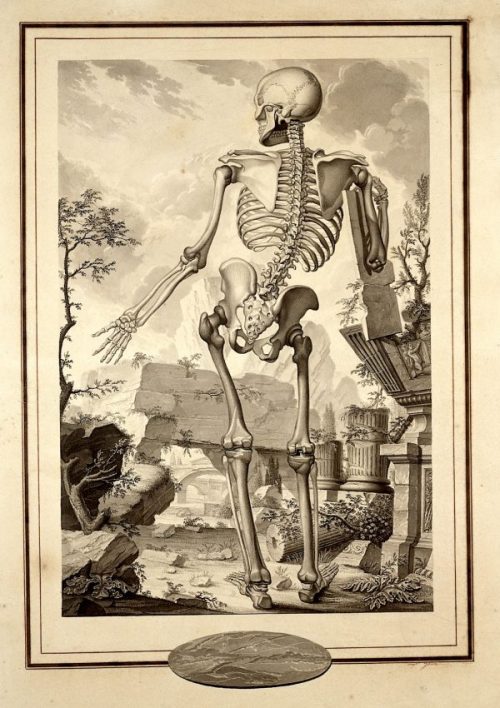Support Systems of the Body
The muscular, skeletal, and integumentary systems have been grouped together as the “support systems.” Remember, this isn’t a hard-and-fast categorization: these systems are grouped together to help you organize your learning. These support systems provide the structure (and support!) for your body: your muscles, skeleton, and skin.

The skeletal system not only helps to provide movement and support but also serves as a storage area for calcium and inorganic salts and a source of blood cells. The adult human body has 206 bones in a variety of shapes and sizes. There are also 2 types of bone tissue in different amounts in bones.
The muscular system is the biological system of humans that produces movement. The muscular system, in vertebrates, is controlled through the nervous system, although some muscles, like cardiac muscle, can be completely autonomous. Muscle is contractile tissue and is derived from the mesodermal layer of embryonic germ cells. Its function is to produce force and cause motion, either locomotion or movement within internal organs. Much of muscle contraction occurs without conscious thought and is necessary for survival, like the contraction of the heart or peristalsis, which pushes food through the digestive system. Voluntary muscle contraction is used to move the body and can be finely controlled, such as movements of the finger or gross movements like those of the biceps and triceps.
